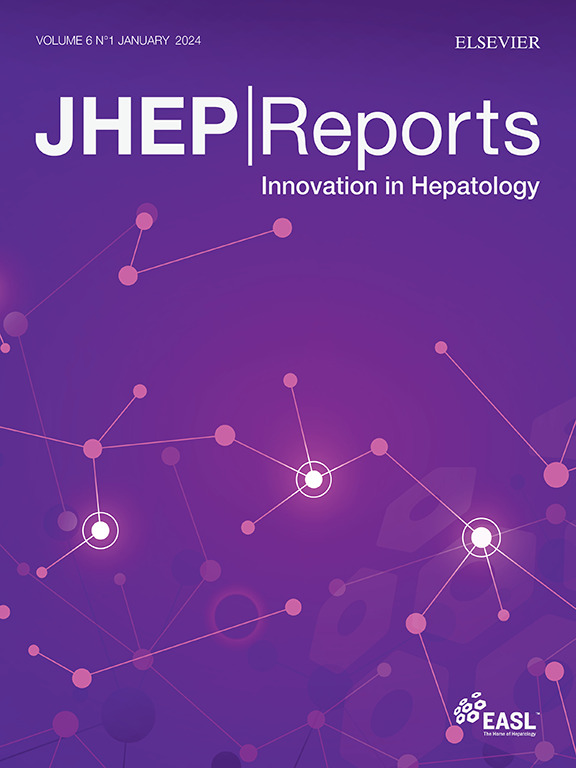人工智能在肝脏疾病中的应用:2024 年 EASL 大会调查报告
IF 9.5
1区 医学
Q1 GASTROENTEROLOGY & HEPATOLOGY
引用次数: 0
摘要
人工智能(AI)方法使人类能够分析大量数据,否则这些数据是无法量化的。这对于非结构化的视觉和文本数据来说尤其如此,因为这些数据可能包含对疾病的宝贵见解。肝病学研究领域十分复杂,产生了大量有待挖掘的数据。通过人工智能方法,可以利用现有数据解决许多开放性问题。然而,人工智能领域有时会被炒作周期和不精确的术语所掩盖。这可能掩盖了一个事实,即许多肝病研究小组已经在其科学研究中使用了人工智能方法。在这篇综述文章中,我们旨在评估人工智能方法在欧洲肝病学领域的使用情况。为此,我们系统地调查了在 2024 年 EASL 大会上发表的所有科学论文。在1,857份被接受的摘要(1,712份海报和145份口头报告)中,6份报告(∼4%)和69份海报(∼4%)使用了人工智能方法。其中,55 篇海报被纳入本综述,其他海报因缺失或方法不完整而被排除在外。最后,我们总结了当前使用人工智能方法的学术趋势,并概述了未来的发展方向,为肝病学领域的科研相关人员提供指导。本文章由计算机程序翻译,如有差异,请以英文原文为准。
Use of artificial intelligence for liver diseases: A survey from the EASL congress 2024
Artificial intelligence (AI) methods enable humans to analyse large amounts of data, which would otherwise not be feasibly quantifiable. This is especially true for unstructured visual and textual data, which can contain invaluable insights into disease. The hepatology research landscape is complex and has generated large amounts of data to be mined. Many open questions can potentially be addressed with existing data through AI methods. However, the field of AI is sometimes obscured by hype cycles and imprecise terminologies. This can conceal the fact that numerous hepatology research groups already use AI methods in their scientific studies. In this review article, we aim to assess the contemporaneous use of AI methods in hepatology in Europe. To achieve this, we systematically surveyed all scientific contributions presented at the EASL Congress 2024. Out of 1,857 accepted abstracts (1,712 posters and 145 oral presentations), 6 presentations (∼4%) and 69 posters (∼4%) utilised AI methods. Of these, 55 posters were included in this review, while the others were excluded due to missing posters or incomplete methodologies. Finally, we summarise current academic trends in the use of AI methods and outline future directions, providing guidance for scientific stakeholders in the field of hepatology.
求助全文
通过发布文献求助,成功后即可免费获取论文全文。
去求助
来源期刊

JHEP Reports
GASTROENTEROLOGY & HEPATOLOGY-
CiteScore
12.40
自引率
2.40%
发文量
161
审稿时长
36 days
期刊介绍:
JHEP Reports is an open access journal that is affiliated with the European Association for the Study of the Liver (EASL). It serves as a companion journal to the highly respected Journal of Hepatology.
The primary objective of JHEP Reports is to publish original papers and reviews that contribute to the advancement of knowledge in the field of liver diseases. The journal covers a wide range of topics, including basic, translational, and clinical research. It also focuses on global issues in hepatology, with particular emphasis on areas such as clinical trials, novel diagnostics, precision medicine and therapeutics, cancer research, cellular and molecular studies, artificial intelligence, microbiome research, epidemiology, and cutting-edge technologies.
In summary, JHEP Reports is dedicated to promoting scientific discoveries and innovations in liver diseases through the publication of high-quality research papers and reviews covering various aspects of hepatology.
 求助内容:
求助内容: 应助结果提醒方式:
应助结果提醒方式:


